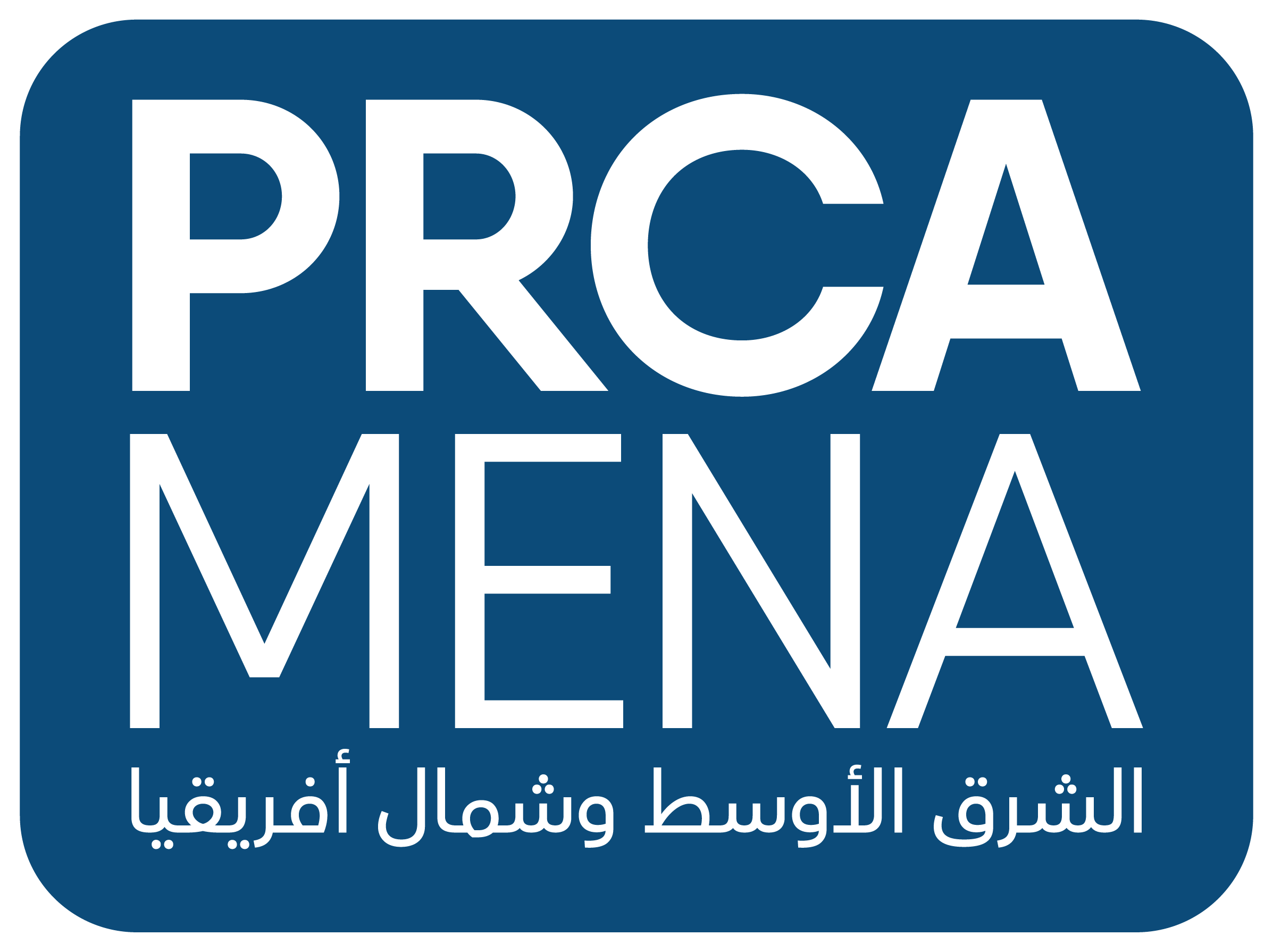The Rise of Specialist Collaborators
“Coming together is a beginning;
keeping together is progress;
working together is success.”
Henry Ford
Whether you call it a collaborative model, or call it a collective, one thing is certain and that’s that the rise of highly specialised freelancers and boutique agencies, working together on a common project, is becoming increasingly common.
In years gone by, freelancers have shied away from collaborating with other freelancers – for many reasons, but primarily because of the complexities of sharing intellectual property, account management and client servicing. But times are a changing.
And because communications and public relations is an ever-changing landscape, the most successful practitioners in the field are now embracing the multitude of benefits to be gained from working together with other specialists.
A collective lends itself to pitching for bigger clients and more complex projects. So, when the collaboration takes place and senior and experienced specialists come together, agility and adaptability are key to success.
Each player in the team brings their own niche set of skills to the table. As experts in their respective fields, their experience speaks magnitudes for their capabilities and what they each offer other members of the collective.
From a client’s perspective, while the collaborative or boutique agency model presents inherent risks, there is so much more to be gained.
In particular, collectives are typically established by senior professionals who have, over the years, built a strong network of peers and acquaintances in the industry – people who they have worked with, worked alongside, or have come across through mutual contacts. There is, therefore, a degree of comfort and confidence in their ability to jointly develop and deliver consultancy services and offer agile solutions to clients.
With the rise of communications specialists, an upsurge in social media usage, and prevalence of immediate online coverage, the way in which communicators communicate for their clients has also changed. Take the examples of immediate online coverage and 24-hour news cycles. These changes mean that practitioners need to be more proactive than ever before – providing updates for print news and online services.
Furthermore, the trend of style over substance has reversed, with experienced practitioners helping clients to understand the importance of keeping business strategy at the heart of any communications planning.
Above all else, the collective model is a great platform for the incubation of creativity and innovation, while maintaining the fundamentals of public relations and communications, and demonstrating a strong return on investment.
This style of working is more than a mental shift towards collaboration, it’s behavioural and relies on practitioners treating each other as colleagues, rather than competitors. The model itself is not new however, with professional service providers, such as medical and legal professionals, collaborating on cases.
It’s a model that relies on solid and transparent communications to ensure that all members of the team continue to work towards common goals, and that deliverables are understood, assigned and measurable – with an understanding that although they may have independent responsibilities, the outcome will be collectively achieved.
As the realm of communications and public relations morphs and changes, it comes as no surprise that the role of and interaction between practitioners will also change. But, the rise of specialist collaborators is here to stay, and it’s a change that needs to be embraced and leveraged.
By In2 Consulting

